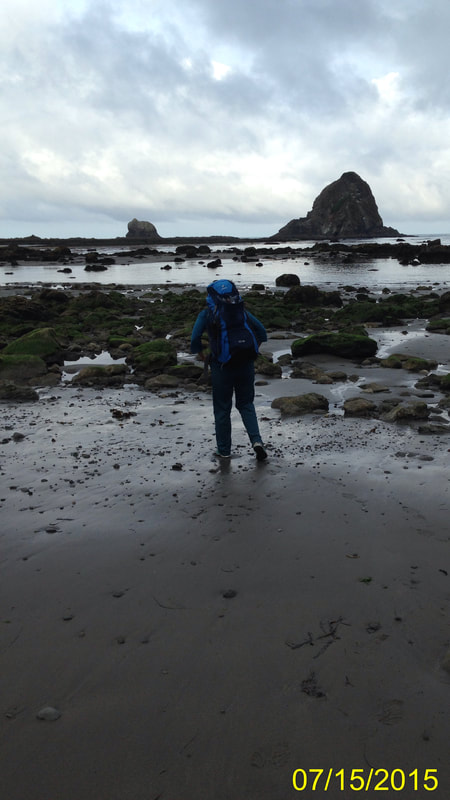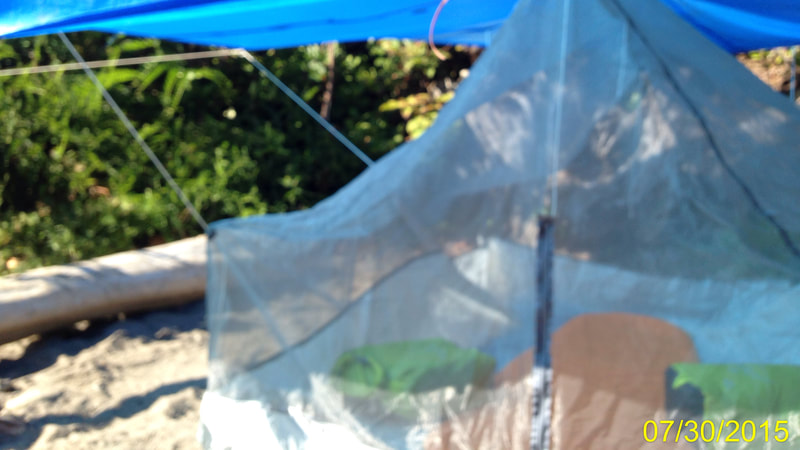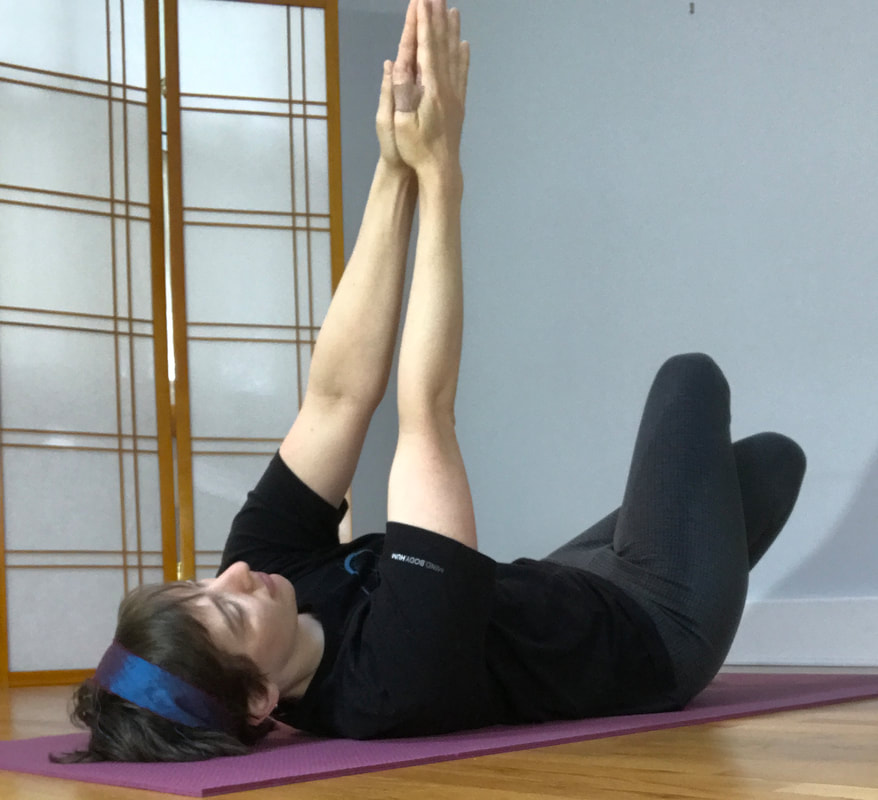0 Comments
|
AuthorHeather Emanuel, is a Guild Certified Feldenkrais Method® Practitioner, Assistant Trainer, LMT, and Awareness Through Movement® facilitator. She also teaches Restorative Yoga. Free and subscription classes also are on PATREON.
As an artist, she has won accolades for her playful portraits. These days, she's pouring her creativity into her Feldenkrais work. Just as her art explores expression, playfulness, identity, and the possible, so do her movement sessions. Her art CV is here. Recorded classes on Patreon for free or a small subscription. Archives
January 2024
Categories
All
|
Heather Emanuel, GCFPSchedule Appointment
|
|





 RSS Feed
RSS Feed